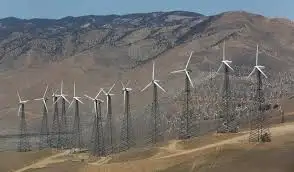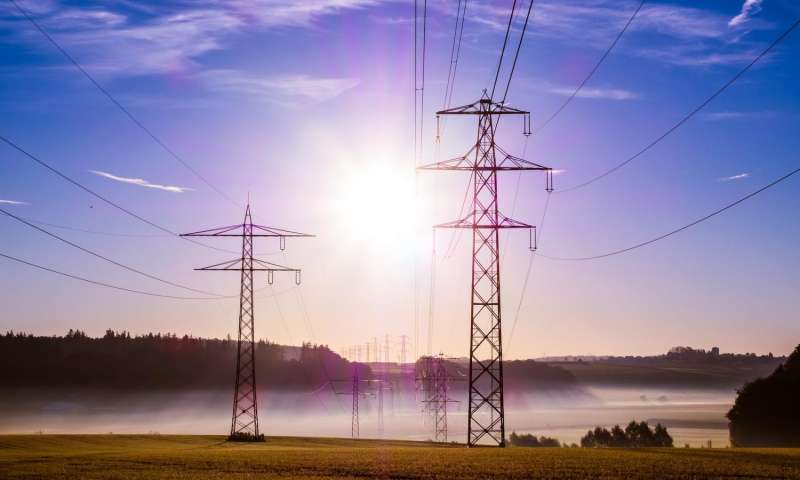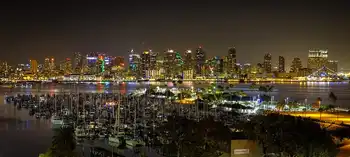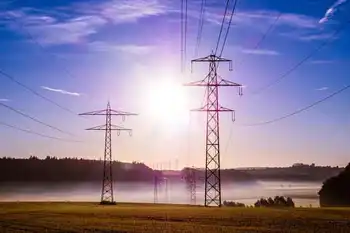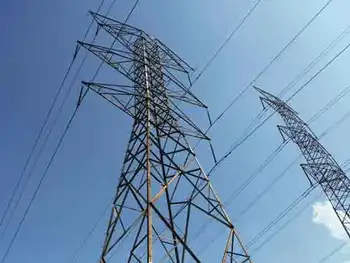For Manila and Bangkok, itÂ’s not a kilowatt contest
By Toronto Star
Substation Relay Protection Training
Our customized live online or in‑person group training can be delivered to your staff at your location.

- Live Online
- 12 hours Instructor-led
- Group Training Available
How bizarre is it to celebrate turning out the lights when it's considered a triumph if the local utility keeps them lit for an evening?
Yet, such places are joining the March 29 event, when people around the world will power down from 8 to 9 p.m. Obviously, Earth Hour means different things in the dozens of cities it will be held.
In Toronto and other rich cities, the focus is on reining in our gluttonous appetite for electricity. It's to get people thinking about conserving a resource so cheap and reliable we use it recklessly.
That was the object last year when Sydney, Australia, pioneered Earth Hour. This year, the event has spread not only to North America and Europe, but also to cities in developing countries: Manila, Bangkok, Cape Town and Suva, Fiji.
With such diversity, "there's no one single action message," says Andy Ridley, Earth Hour director in Sydney for WWF, the environment group that launched it.
Here, the serious tone is leavened with targets, challenges, candlelit dinners and acoustic concerts.
In Manila, though, the focus is on helping people learn what climate change is. In South Africa and India, where the power supply can be balky, it's about using less to make the system more reliable.
Fiji and other Pacific islands want to highlight threats they face from rising sea levels. "For them, Earth Hour is about telling the world that they're there," Ridley says.
Such participants won't put much stock in Earth Hour's target of a 5 per cent cut in electricity demand.
Many couldn't accurately measure a reduction even if they wanted to. That requires the kind of sophisticated, centralized distribution system they can only dream of.
Even rich places have trouble with counting kilowatts.
Last year, Sydney aimed for a 5 per cent cut and, afterward, reported it actually hit 10.2. But that was only for the central business district. "We have no capacity to measure across the entire city," Ridley says.
Here, Toronto Hydro will be able to provide a kilowatt-by-kilowatt accounting of demand. The numbers show up on a screen at the utility's control centre.
Oakville and Burlington have challenged each other to make the bigger cut, but didn't set a goal. Instead, "we're doing as much as we possibly can," says Burlington Mayor Cam Jackson.
A target "probably won't happen" in Mississauga, says Ken McDonald of Enersource. "We plan to look at consumption and to report what happened."
It's difficult to decide what a 5 per cent cut means, or what the reading should be measured against.
Control centre meters aren't expected to drop abruptly at 8 p.m., simply because not everyone will flip the switch on the dot. Some businesses will shut off their lights at the end of the Friday workday.
"It's not a hard turn," says John McClean, of Powerstream, which serves Richmond Hill, Aurora, Markham and Vaughan. "It may take 10 minutes for the trend to flatten out."
Sydney compared its Earth Hour consumption total with the same time period over the past few years. Burlington and Oakville will base their challenge on the change from the last Saturday in March 2007.
Toronto Hydro will compare the March 29 numbers to those from the same time period a week earlier. So will Ottawa Hydro.
But even those comparisons aren't straightforward. Demand goes up and down with temperature. "If it's -20C one week and plus 5C the next, it's a whole different profile," McClean says.
If the Leafs are contending for a playoff berth, it's likely more people will be glued to their TVs.
Year-over-year comparisons have added pitfalls. If conservation programs have succeeded, demand will already be down from previous years. Population growth boosts the basic starting point.
Even WWF isn't emphasizing the target on its Earth Hour website. "The key for us is how many people are involved," says Keith Stewart, the manager of WWF-Canada's climate change campaign.
Participation will be measured by website registrations and a later poll, Stewart says. The target is one million people in the GTA.
"The commitment is to get the lights off for an hour," Ridley says. "It's to put the idea in your head that you can actually do it.... The reality of climate change is that it's the aggregate of everyone's actions."





